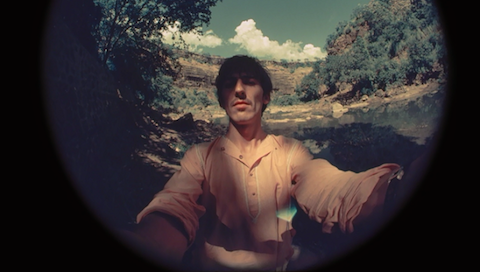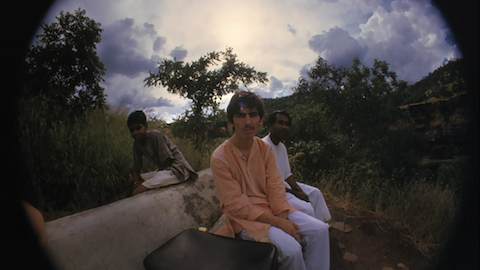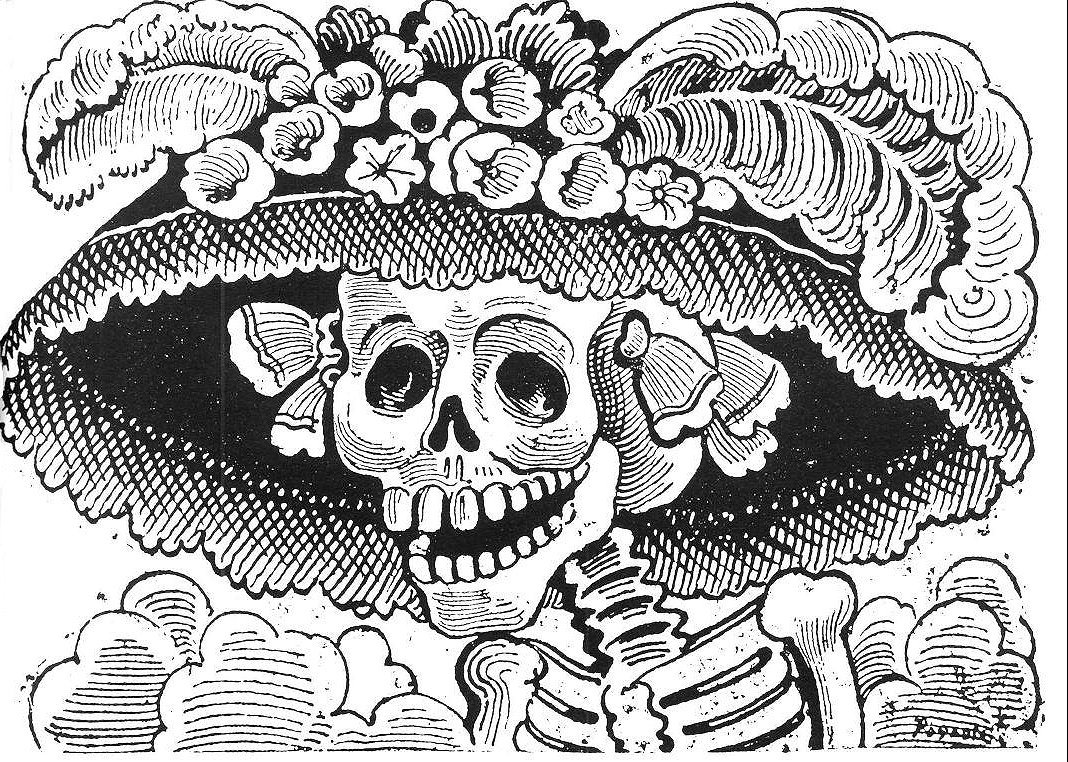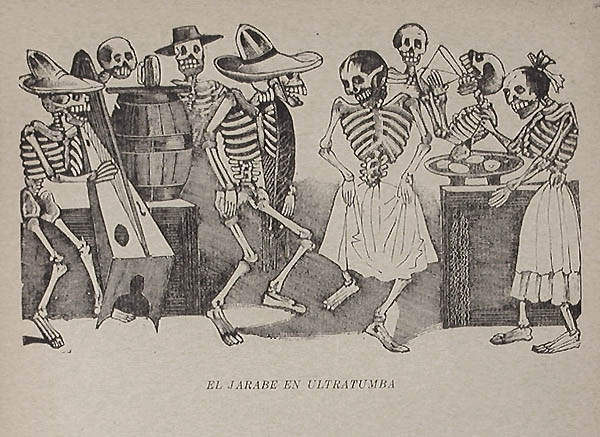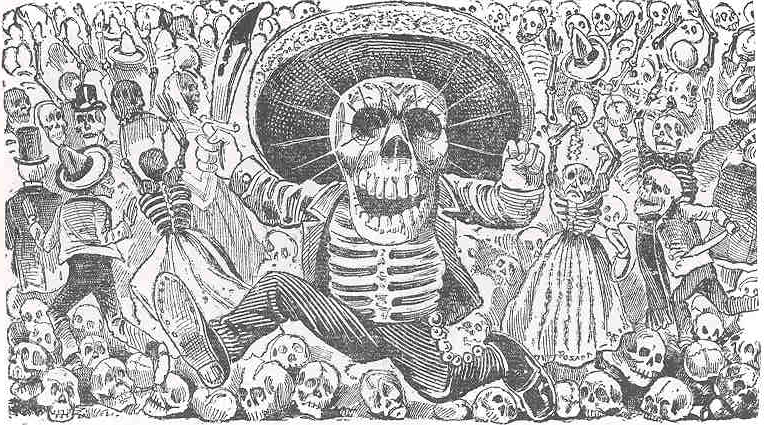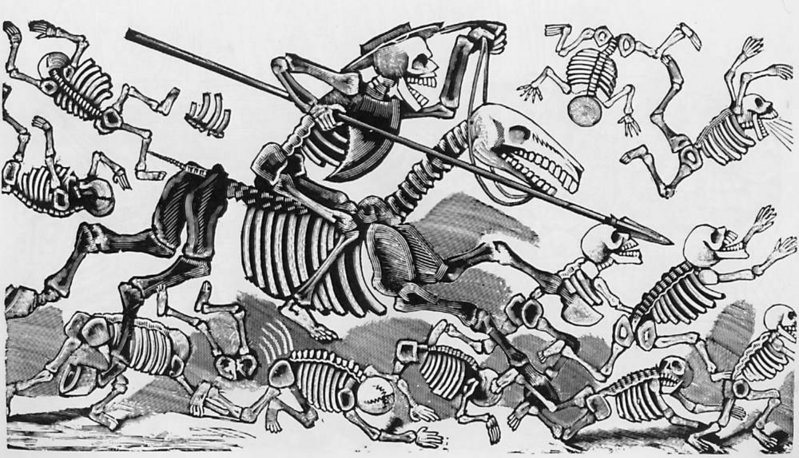Back in November, we brought you the BBC series of short animated videos, A History of Ideas. Produced in collaboration with the UK’s Open University and narrated by Harry Shearer, these fun introductions to such philosophers as Simone de Beauvoir and Edmund Burke, and such weighty philosophical topics as free will and the problem of evil, make challenging, abstract concepts accessible to non-philosophers. Now the series is back with a new chapter, “How Did Everything Begin?,” a survey of several theories of the origins of the universe, from Thomas Aquinas’ philosophical speculations, to Hindu cosmology; and from theologian William Paley’s design argument (below), and the theory of the Big Bang (above).
The two videos here present an interesting counterpoint between the origin theories of astrophysics and theology. Though current day intelligent design proponents deny it, there is still much of William Paley’s argument, at least in style, in their explanations of creation. First propounded in his 1802 work Natural Theology, the theologian’s famous watchmaker analogy—which he extended to the design of the eye, and everything else—gave Charles Darwin much to puzzle over, though David Hume had supposedly refuted Paley’s arguments 50 years earlier. The Big Bang theory—a term created by its foremost critic Fred Hoyle as a pejorative—offers an entirely naturalistic account of the universe’s origins, one that presupposes no inherent purpose or design.
As with the previous videos, these are scripted by former Open University professor and host of the Philosophy Bites podcast, Nigel Warburton. This time around the videos are narrated by Gillian Anderson, whose voice you may not immediately recognize. Rather than sounding like Dana Scully, her famous X‑Files character, Anderson speaks in a British accent, which she slips into easily, having lived in the UK for much of her childhood and now again as an adult. (You may have seen Anderson in many of the English period dramas she has appeared in, or in British crime drama The Fall or Michael Winterbottom’s uproarious adaptation of Tristram Shandy.)
These fascinating speculative theories—whether scientific or mythological—are sure to appeal to fans of the X‑Files, who can perhaps begin to believe again, or remain skeptical, thanks to news that Anderson may reteam with Chris Carter and David Duchovny for a reboot of the classic sci-fi series.
Watch the remaining videos in the series below:
Thomas Aquinas and the First Mover Argument
Hindu Creation Stories
Related Content:
The History of Philosophy Without Any Gaps – Peter Adamson’s Podcast Still Going Strong
Free Online Philosophy Courses (130 in Total)
Josh Jones is a writer and musician based in Durham, NC. Follow him at @jdmagness

